Nestled in the rugged wilderness of the American West, Yellowstone National Park isn’t just a national treasure; it’s a global phenomenon. Spanning across Wyoming, Montana, and Idaho, this vast expanse of natural beauty is a kaleidoscope of wildlife, geothermal wonders, and landscapes that look like they’ve been plucked from a fantasy novel.
Whether you’re a seasoned adventurer or a curious traveler, Yellowstone promises an experience like no other. In this comprehensive guide, we’ll embark on an exploration of Yellowstone’s majestic wonders, from the eruptive spectacle of Old Faithful to the serene expanses of Yellowstone Lake.
Things to Do In Yellowstone National Park
Old Faithful and Geysers
Yellowstone is synonymous with geysers, and the park doesn’t disappoint. Home to the famous Old Faithful, this geyser has become a symbol of nature’s punctuality and power, erupting approximately every 90 minutes. But there’s more than just Old Faithful. The park boasts the largest concentration of geysers in the world, each with its unique characteristics. Visit the Upper Geyser Basin to witness this geothermal spectacle and experience the awe-inspiring combination of steam, water, and sound.

Wildlife Tours
One of the highlights of Yellowstone is its diverse wildlife. The park serves as a sanctuary for a myriad of animals, including bison, elk, wolves, and grizzly bears. Embarking on a wildlife tour is a must-do activity.
These tours, often led by knowledgeable guides, offer a chance to safely observe and learn about these animals in their natural habitat. Keep your camera ready, as these tours often yield unforgettable sights and encounters.
Photography Spots
For the photography enthusiasts, Yellowstone is a dream come true. Every turn presents an opportunity to capture stunning landscapes and wildlife. Iconic spots like the Grand Canyon of the Yellowstone, with its dramatic waterfalls and colorful rock formations, are a photographer’s paradise.
Don’t miss the chance to photograph the Grand Prismatic Spring either. Its vibrant colors and vast size make for an otherworldly snapshot.
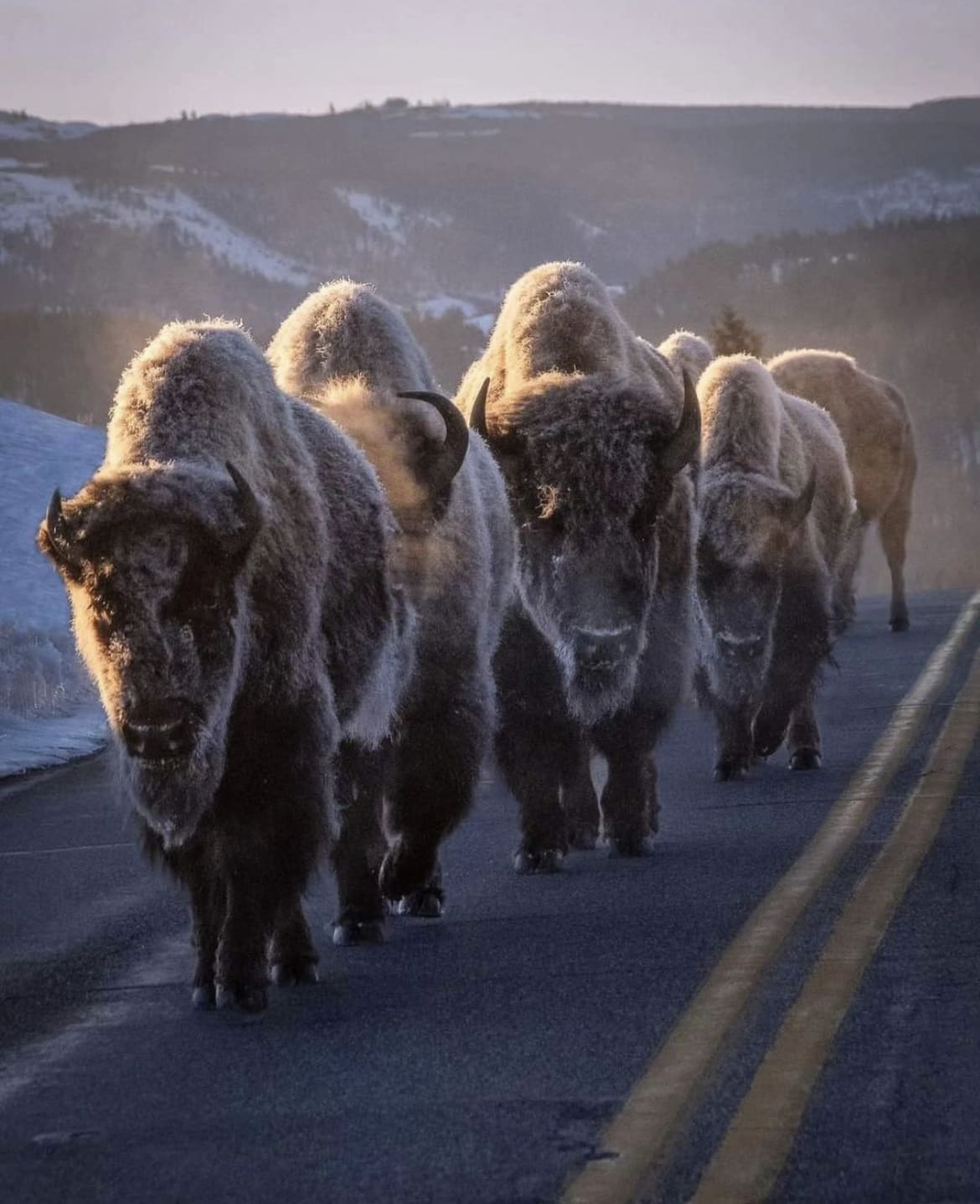
Best Hikes & Trails
Yellowstone National Park is a hiker’s paradise, offering a diverse range of trails that cater to all levels of experience and ambition. From leisurely strolls through aromatic pine forests to challenging treks up rugged mountain paths, each trail in Yellowstone promises its own unique set of wonders.
Yellowstone’s extensive trail system, encompassing over 900 miles, weaves through some of the most breathtaking landscapes in North America. Whether you’re seeking solitude among ancient trees, a panoramic view of the park’s vast wilderness, or a close-up look at its famous geothermal features, there’s a trail that fits the bill.
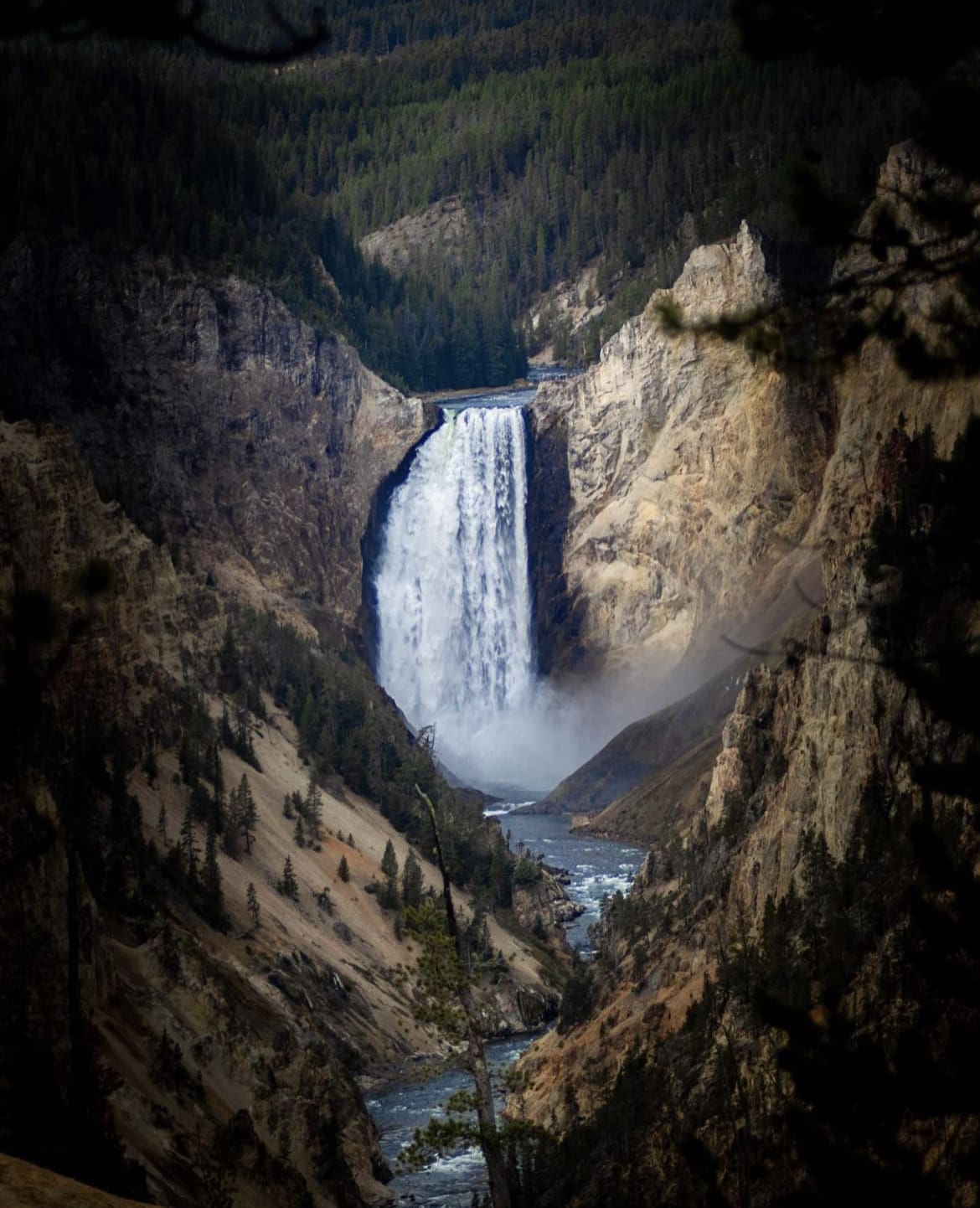
Yellowstone Trail Recommendations:
- Mystic Falls Trail:
- Distance & Difficulty: A moderate 2.4-mile round trip.
- Highlights: The trail offers an intimate encounter with the park’s smaller, yet enchanting, hydrothermal features and concludes at the spectacular Mystic Falls – a cascade tumbling over a 70-foot cliff.
- Best For: Families and those looking for a mix of adventure and accessibility.
- Mount Washburn Trail:
- Distance & Difficulty: A strenuous 6.4-mile round trip.
- Highlights: This trail takes you to one of the highest peaks in the park, offering panoramic views that encompass much of Yellowstone. It’s also a great spot for wildlife viewing, including bighorn sheep and various bird species.
- Best For: Experienced hikers and those seeking breathtaking views.
- Lone Star Geyser Trail:
- Distance & Difficulty: An easy 4.8-mile round trip.
- Highlights: The trail leads to the Lone Star Geyser, a cone geyser that erupts approximately every 3 hours. The journey is as scenic as the destination, with opportunities to spot wildlife and enjoy the tranquility of the Firehole River.
- Best For: Those interested in geysers and a peaceful hike.
- Uncle Tom’s Trail:
- Distance & Difficulty: A short but steep 0.7-mile round trip.
- Highlights: This trail descends over 300 steps into the Grand Canyon of the Yellowstone, offering an up-close view of the Lower Falls. The physical exertion is rewarded with one of the most spectacular vistas in the park.
- Best For: Those seeking a unique perspective of the Yellowstone Canyon.
- Fairy Falls Trail:
- Distance & Difficulty: A moderate 5-mile round trip.
- Highlights: The trail passes the Grand Prismatic Spring overlook before reaching the serene Fairy Falls, one of Yellowstone’s tallest and most beautiful waterfalls. The area is also great for spotting birds and other wildlife.
- Best For: Waterfall enthusiasts and photographers.
- Ribbon Lake Trail:
- Distance & Difficulty: A moderate 5.8-mile round trip.
- Highlights: This lesser-known trail offers a peaceful hike through meadows and forests, leading to the tranquil Ribbon Lake. It’s an excellent choice for those looking to escape the crowds.
- Best For: Solitude seekers and nature lovers.
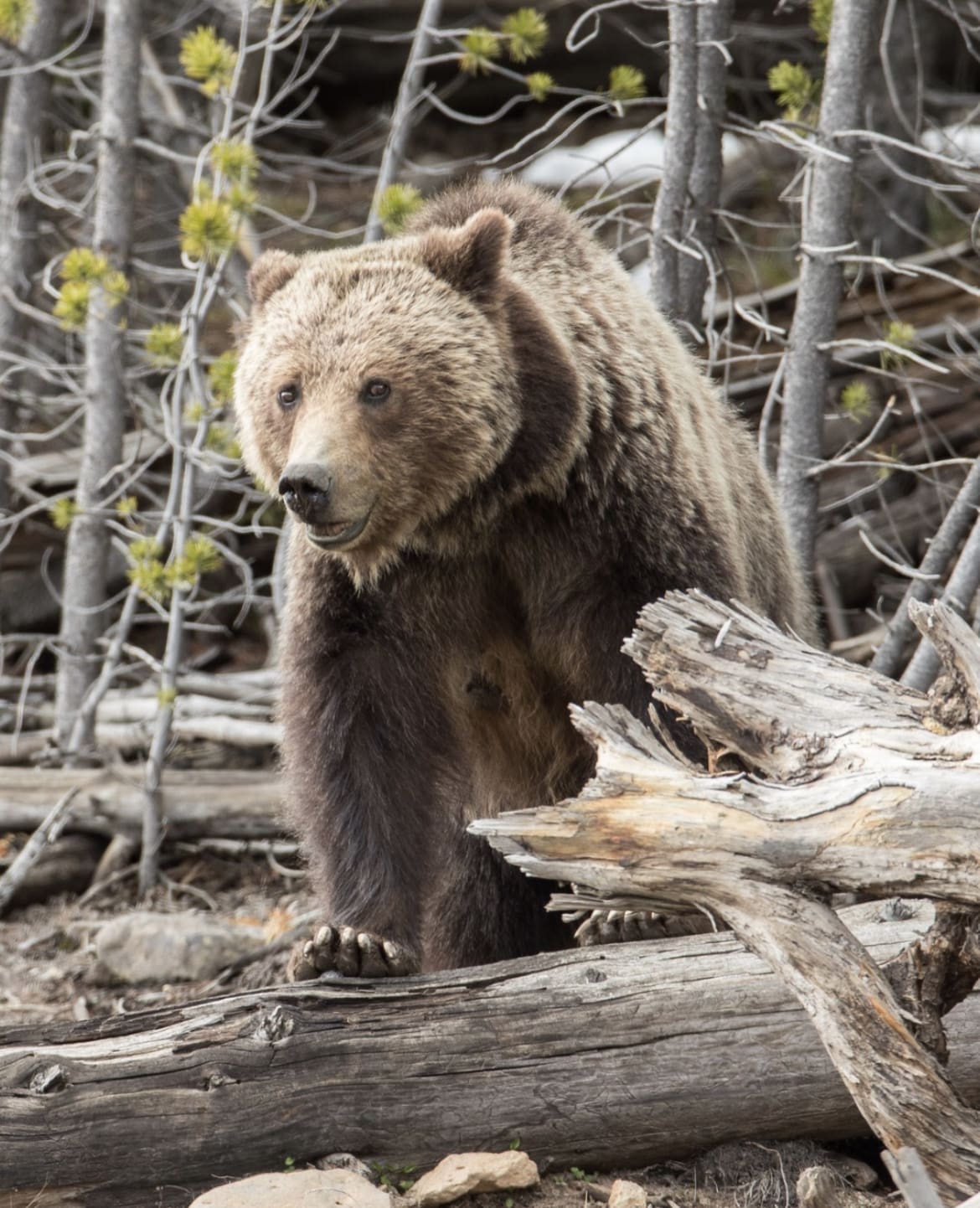
Thermal Basins
Exploring Grand Prismatic Spring
The Grand Prismatic Spring is perhaps the most mesmerizing of Yellowstone’s thermal features. As the largest hot spring in the United States, it’s famed for its vivid rainbow of colors, ranging from deep blues to vibrant oranges and reds, created by microbial mats around the edges. A visit here is a feast for the eyes and a highlight for any Yellowstone itinerary.
The Midway Geyser Basin, where it’s located, offers boardwalks that allow visitors to safely view this natural wonder up close.
Other Notable Thermal Areas
Beyond the Grand Prismatic, there are numerous other thermal areas worth exploring. The Norris Geyser Basin, the park’s hottest and most dynamic thermal area, features Steamboat Geyser, the world’s tallest active geyser.
The Lower Geyser Basin, with its Fountain Paint Pot – a colorful, bubbling mudpot – offers a different kind of spectacle. Each of these basins has its unique characteristics, making them essential stops for understanding the park’s geothermal diversity.
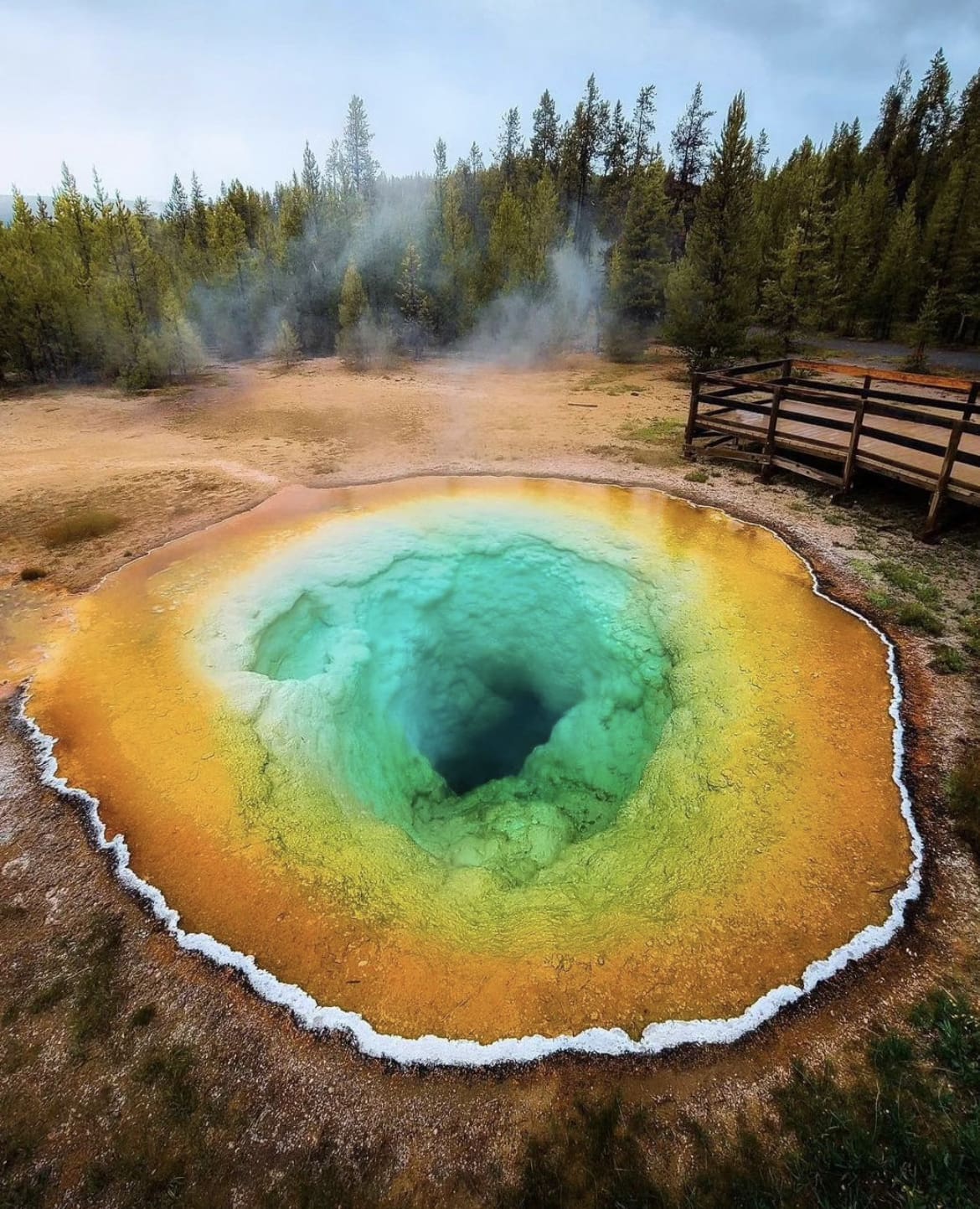
Where to Camp In Yellowstone National Park
For many, camping in Yellowstone is the best way to fully immerse in the natural beauty of the park.
Camping in Yellowstone: With 12 campgrounds and over 2,000 sites, Yellowstone offers a variety of camping experiences. From the remote backcountry sites to the more accessible front-country sites, there’s a perfect spot for every type of camper.
Recommended Campsites: The Madison Campground, near the West Entrance, is a popular choice for its central location and proximity to both the geysers and the Gibbon River. For a more secluded experience, try the Pebble Creek Campground, located in the park’s northeast corner. It’s ideal for wildlife viewing and stargazing. Remember to book early, as campsites in Yellowstone fill up quickly, especially during peak season.

Where to Stay Near Yellowstone National Park
While camping is a great option, there are also plenty of comfortable lodging options both inside and outside the park.
Lodging Inside the Park
Yellowstone offers several lodges and hotels, each with its unique charm. The Old Faithful Inn, a historic hotel right next to the Old Faithful Geyser, offers not just convenience but also a glimpse into the park’s history. The Lake Yellowstone Hotel provides serene lakeside views and a more upscale experience.
Nearby Accommodations
If you prefer to stay outside the park, towns like West Yellowstone, Gardiner, and Cody offer various accommodations, from cozy bed and breakfasts to larger hotels. West Yellowstone, in particular, is a favorite for its close proximity to the West Entrance and its array of restaurants and shops.
Each of these options offers a different way to experience Yellowstone, whether you’re falling asleep under the stars or unwinding in a comfortable bed after a long day of exploration. In the next sections, we’ll guide you through the practicalities of getting to Yellowstone, ensuring accessibility for all visitors, and providing essential tips for making the most of your trip. Stay tuned!
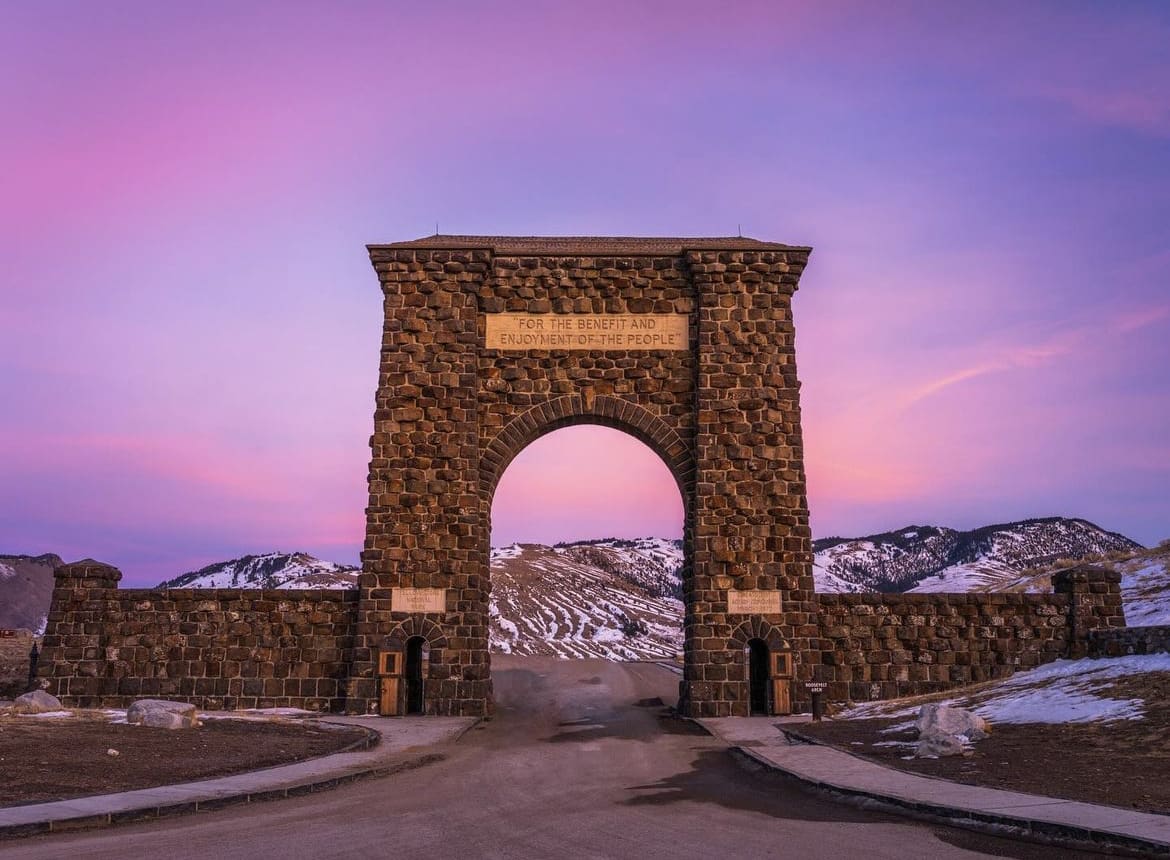
How to Get To Yellowstone
Getting to Yellowstone National Park is part of the adventure, and there are several ways to approach this journey.
Access Points to Yellowstone: Yellowstone has five main entrances: North, Northeast, East, South, and West. The North Entrance at Gardiner, Montana, is the only entrance open year-round and leads directly to the Mammoth Hot Springs area. The West Entrance, near the town of West Yellowstone, Montana, is a popular choice due to its proximity to the geysers and is typically the busiest.
Travel Tips: The closest airports are in Bozeman, Montana (for the North and West entrances), Jackson Hole, Wyoming (for the South Entrance), and Cody, Wyoming (for the East Entrance). Renting a car is highly recommended for the flexibility it offers in exploring the park. During peak seasons, expect heavy traffic and plan your travel times accordingly.

Accessibility
Yellowstone National Park is committed to making its wonders accessible to all visitors.
Accessibility in Yellowstone: The park offers several accessible facilities, including campgrounds, lodges, restrooms, and visitor centers. Many of the park’s famous sights, like the Old Faithful area, have boardwalks and paved paths suitable for wheelchairs and strollers.
Resources for Visitors with Disabilities: The park provides various services to assist visitors with disabilities, including accessible tour buses and rental equipment like wheelchairs. For detailed information on accessibility, it’s advisable to contact the park directly or visit the National Park Service’s official Yellowstone website.
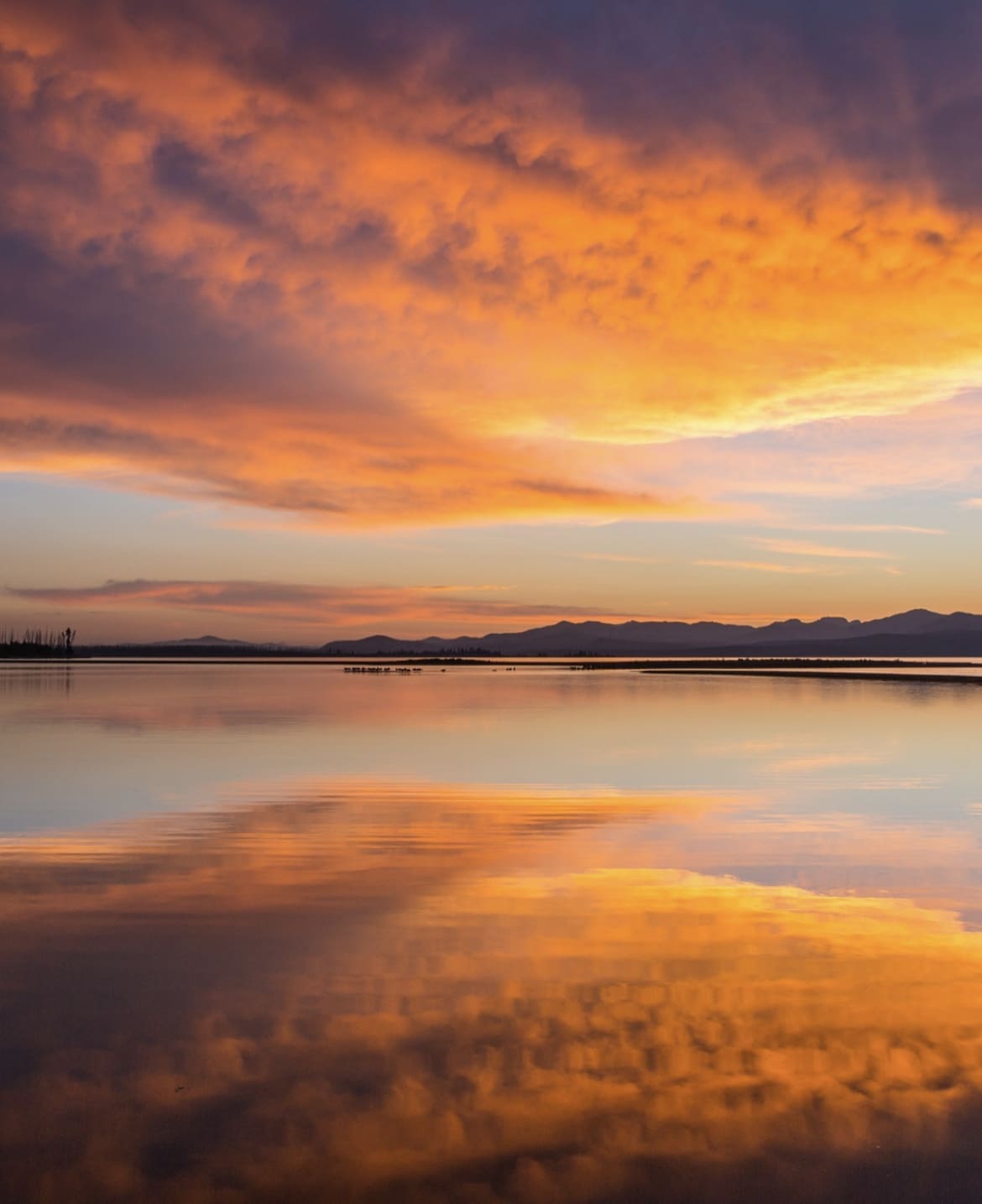

Tips for Your Visit
To ensure a memorable and smooth visit to Yellowstone, consider these essential tips.
Best Times to Visit: The best time to visit Yellowstone largely depends on what you want to experience. Summer (June to August) offers warm weather and full access to all park roads and facilities. However, it’s also the most crowded time. For fewer crowds and cooler weather, consider visiting in the spring (April to May) or fall (September to October). Winter offers a serene and snowy landscape but requires preparation for cold weather and limited access.
Safety and Regulations: Safety is paramount in Yellowstone. Always stay on designated trails and boardwalks, maintain a safe distance from wildlife (at least 100 yards from bears and wolves, 25 yards from other wildlife), and heed all park regulations. Remember, this is a wild and natural area; respecting these rules ensures your safety and the protection of the park’s ecosystem.
Planning Your Itinerary: Given the park’s size and diversity, planning is key. Prioritize the sights and activities most important to you, but also allow for flexibility. Weather can be unpredictable, and wildlife sightings are never guaranteed. Take time to relax and soak in the natural beauty around you.
